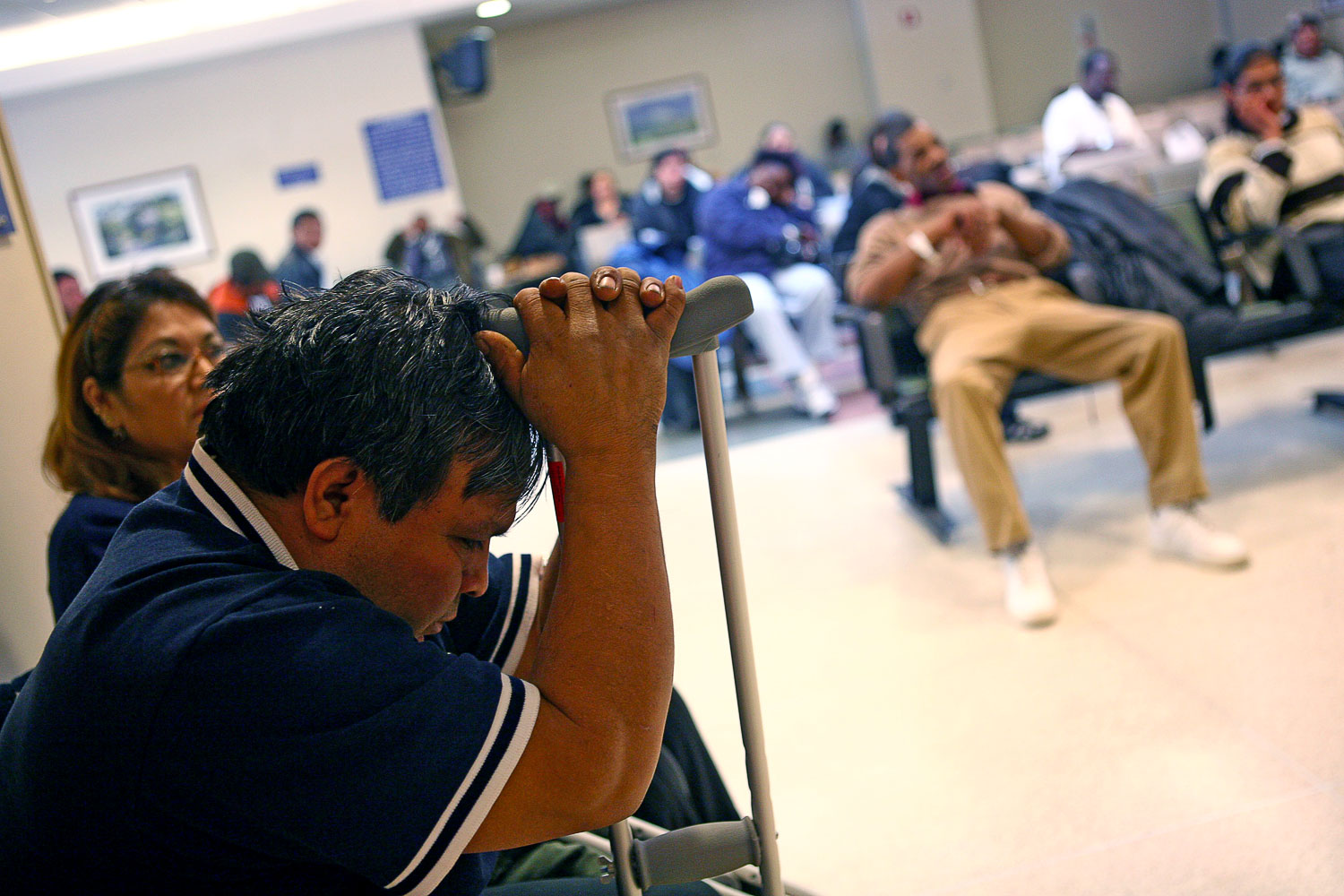In the bustling corridors of emergency rooms ERs nationwide, a distressing scene unfolds daily, elderly patients, often in states of pain and discomfort, linger on gurneys awaiting admission to hospitals. The phenomenon, known as ER boarding, has reached critical levels, exacerbating the suffering of seniors and underscoring a deep seated problem within the healthcare industry. As a firefighter EMT, I’ve witnessed firsthand the toll this takes on patients and empathize deeply with their plight. The healthcare system, already strained before the COVID-19 pandemic, now faces an even more daunting challenge.
Understanding the Crisis:
ER boarding, the prolonged wait for hospital admission after a patient has been deemed in need of inpatient care, has emerged as a pressing issue. While it affects patients of all ages, seniors bear a disproportionate burden. Accounting for nearly 20% of ER visits, older adults often find themselves confined to stretchers for hours or even days, deprived of essential care and comfort. This crisis, described by Dr. Hashem Zikry as “lined from end to end with patients on stretchers,” reflects systemic failures in healthcare delivery.
Root Causes of the Crisis:
Several factors contribute to the prevalence of ER boarding. Staff shortages, exacerbated by the pandemic, strain healthcare resources, leaving ERs overwhelmed and understaffed. Administrators, prioritizing lucrative procedures, allocate fewer beds to ER admissions, exacerbating bottlenecks. Additionally, demographic shifts, including the aging population, have intensified demand for hospital services, further complicating the situation…..and…well…young people just using the hospital for a doctor’s visit. All of these factors have contributed to the crisis we are facing.
A Call for Action:
Addressing the crisis of ER boarding demands systemic reforms. While policymakers grapple with long term solutions, there are steps individuals can take to mitigate its impact. Having an advocate, as emphasized by Jesse Pines, can ensure timely intervention and better outcomes. Additionally, being prepared for extended waits and maintaining essential medications and aids can help seniors navigate the ordeal with greater resilience.
Innovations and Interventions:
Amidst the grim reality of ER boarding, innovative approaches offer glimmers of hope. Rapid assessment zones, implemented in hospitals across North America, streamline care delivery, reducing wait times and improving patient experiences. Nova Scotia’s adoption of rapid assessment zones, coupled with initiatives to enhance staffing and support services, exemplifies proactive measures to alleviate the burden on ERs.
A Glimpse of Change:
The story of Amber Clark, who endured a 17-hour wait with her sick infant, underscores the urgency of reform. While skeptical of promises for change, she remains cautiously optimistic about the introduction of rapid assessment zones at the Aberdeen Hospital. As healthcare providers and policymakers redouble their efforts, they must prioritize patient well being and ensure that no one suffers needlessly in the purgatory of ER boarding.

